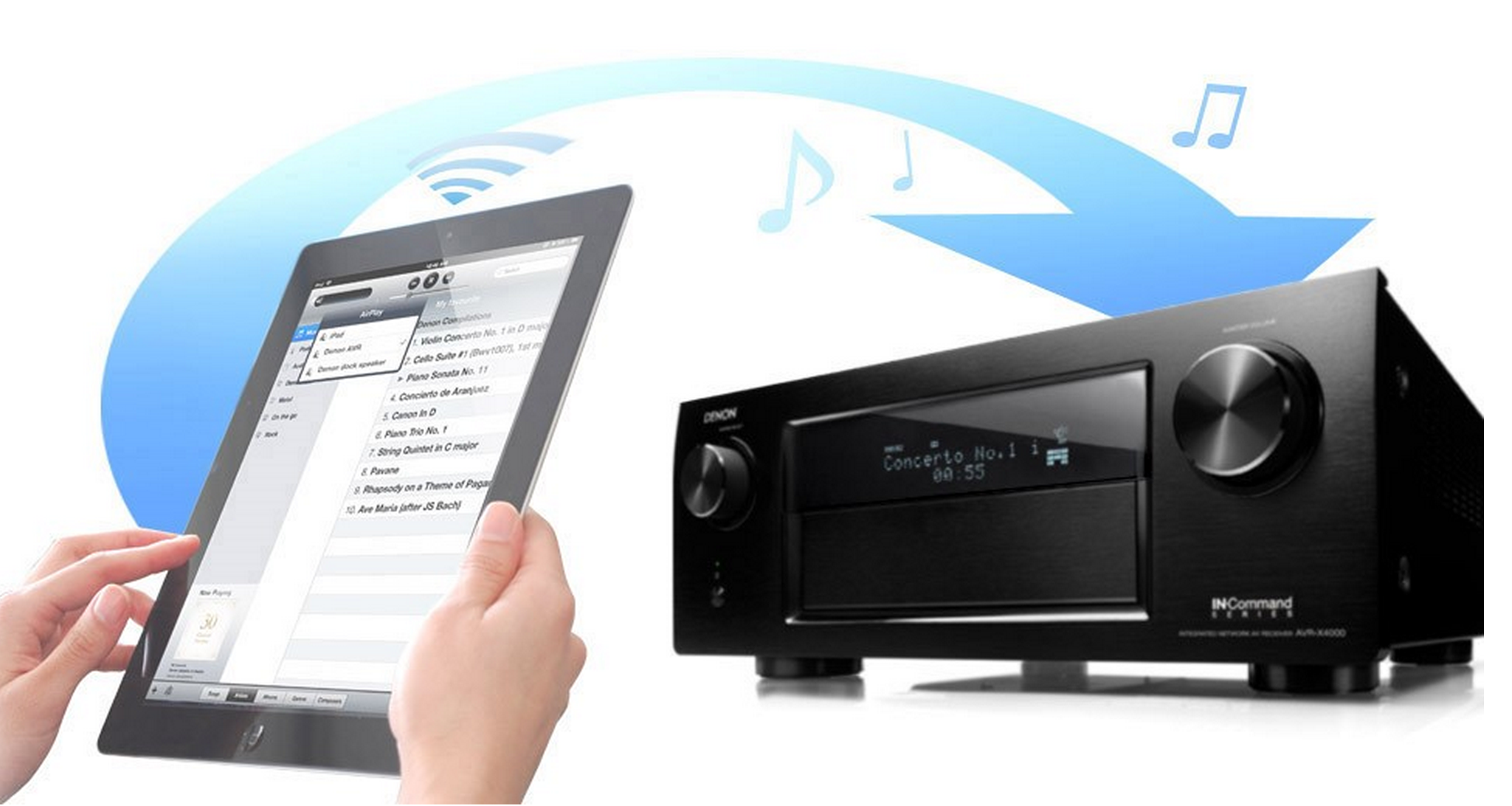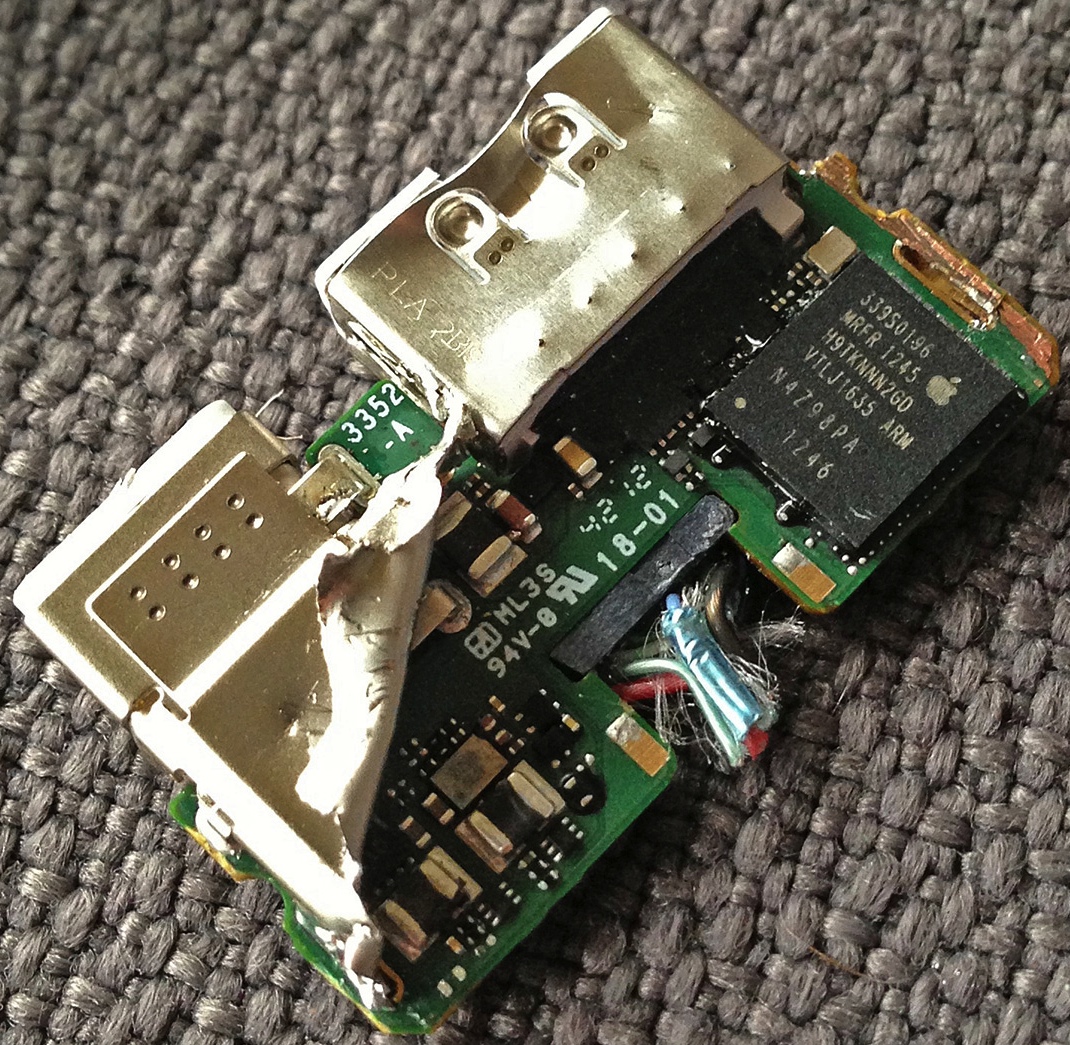
Denon launches 4K ‘AVR-X4000’ AV receiver with AirPlay, Spotify, and iOS remote control app

There might not be many of us yet with a pricey 4K TV set, and even less 4K content to go around, but today Denon is launching its latest line up of ‘INCOMMAND’ network-connected AV receivers that now support 4K pass-through and upscaling. The new Made for iPhone certified AVR-X4000 includes AirPlay support, access to SiriusXM, Spotify and Pandora for subscription holders, and an iOS app for remote control of the receiver’s streaming features. Other specs include: 7 HDMI inputs and 3 outputs, 125 watts for each channel, and Audyssey DSX, Dolby Pro Logic IIz and DTS Neo:X decoders for surround sound. The AVR-X4000 will sell for $1300, while additional models with scaled back feature sets are now available for $450, $650, and $900 through Denon.
The Denon Remote iOS app is available on the App Store here.
Denon’s new lineup follows the launch of 2 new AirPlay capable, network connected receivers from Harman Kardon that also provides 4K upscaling features.
 We reported over the weekend that there was some confusion over
We reported over the weekend that there was some confusion over